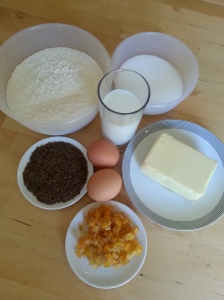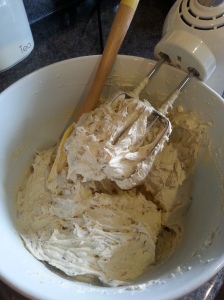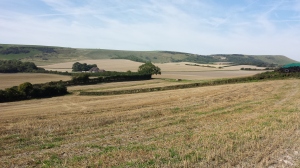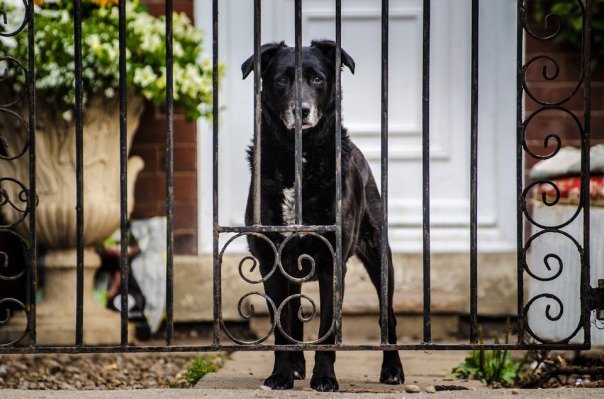I am now reading Living in Squares, Loving in Triangles by Amy Licence and I have not reached the end of the first page before I have been intrigued. Amy Licence describes Virginia as:
a writer of impenetrable text, an exacting diarist, the member of a social elite, and an Ophelia-like suicide (sic).
So, I wondered, just how did Ophelia die? Well it seems that after her boyfriend (Hamlet) killed her father (Polonius), she suffered from insanity; singing nonsense and behaving irrationally. She jumped/fell from a tree and drowned in the water below. Her death has resulted in much debate and critics have discussed,
Was it suicide or was it an accident?
According to Gertrude, the Queen of Denmark, Ophelia climbed a tree to hang garlands of flowers, a branch broke, she fell into the water and drowned due to her heavy clothes. But the viewer never sees the scene directly so we only have Gertrude’s interpretation. A different view is that after her father’s death (her boyfriend having murdered him), she became suicidal. Indeed, she was denied a full Christian funeral as it was believed that she had killed herself.
There is an ambiguity and the reader has to make his or her mind up. Whichever way it is interpreted though, I can see why Amy Licence refers to Virginia’s suicide as ‘Ophelia-like’ as there are similarities between them; no mother, their fathers’ deaths, their madness and the deaths by water.
The difference though is that Virginia’s fate was a real life tragedy and not a Shakespearean one.






 Photo: Pixabay (CC0 Public Domain)
Photo: Pixabay (CC0 Public Domain)










